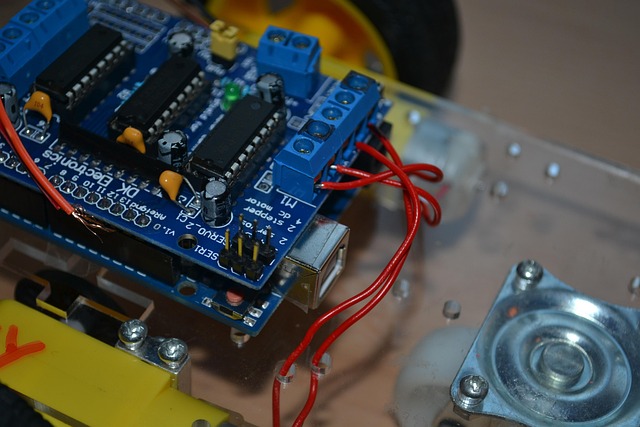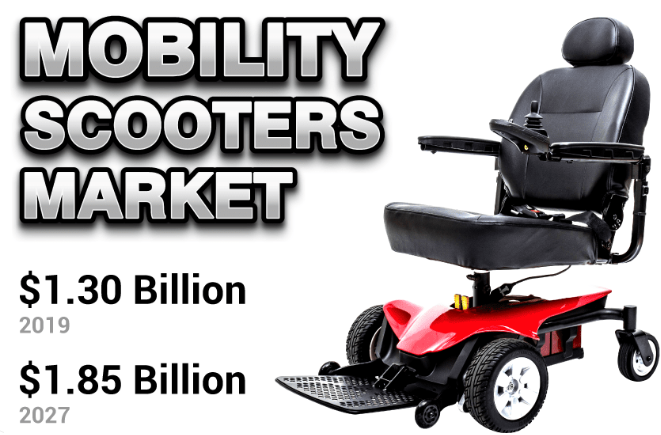How to Choose the Right Single-Phase Motor for Your Equipment

Strong 8k brings an ultra-HD IPTV experience to your living room and your pocket.
If you've ever had to buy a single-phase motor, you know it's not as simple as picking the one that "looks about right" and hoping for the best. The wrong choice can lead to overheating, constant breakdowns, or worse, a machine that refuses to work when you need it the most. Whether replacing an old motor or selecting one for a brand-new setup, you need to get the specifications right.
Consider it as a car purchase. You wouldn't choose a small hatchback to go off-roading with or an SUV for driving around town. The same principle is applied to motors. The appropriate one will be based on your equipment's workload, surroundings, and running time. And when you add alternatives such as Bldc motors to the mix, you can't help but question whether induction motors are still the way to go.
What Exactly is a Single-Phase Motor?
A single-phase motor is powered by standard 230V AC electricity - the supply you have at home or in a small workshop. That’s why you’ll find them in everyday equipment like sewing machines, vacuum pumps, sugarcane crushers, and commercial air-conditioning units. They’re simple, efficient, and ideal for applications where industrial-grade three-phase power isn’t available.
How to Pick the Right Single-Phase Motor
Selecting the correct motor is not simply a matter of power ratings. You must consider everything from mounting types to insulation so your machine operates efficiently without excess wear and tear. This is what you need to consider.
Power Ratings
If you’ve ever seen someone struggling to push a suitcase with a broken wheel, you’ll understand why picking the right motor power is essential. If it’s too weak, your machine will strain. If it’s too strong, you’ll burn unnecessary electricity, which isn’t bad for the planet and your electricity bill.
For example, a sewing machine needs a small 0.09 kW motor, while a sugarcane crusher requires something much more powerful—around 2.25 kW. The same logic applies across different applications. Choosing the right power ensures smooth performance and longevity.
Mounting Type
You would not mount a ceiling fan on the ground, right? Similarly, how it is mounted with motors will impact its stability, vibration levels, and overall performance. Foot mounting suits specific motors, such as for applications like sugarcane crushers and wet grinders, whereas flange mounting suits other machinery, such as box strapping machines.
Then there’s the foot-cum-flange design, a flexible option for setups that might change over time. If you’re replacing an old motor, check how it’s mounted before ordering a new one.
Enclosure Type
A Drip-Proof (DP) enclosure will work for indoor, low-dust environments. But if your motor operates in dusty, humid, or hot conditions, you need an Enclosed Fan-Cooled (TEFC) option. In environments like commercial air-conditioning systems, where motors depend on airflow for cooling, Air Over Motors (AOM) works best.
Insulation Class
Motors generate heat—it’s unavoidable. The question is, can yours handle it? That’s where insulation classes come in.
Class B insulation works fine for lighter applications like wet grinders and sewing machines, handling temperatures up to 130°C. But if you’re running heavy-duty equipment like printing presses or sugarcane crushers, Class F insulation (which can withstand 155°C) is the smarter choice. It prevents overheating, meaning your motor lasts longer.
Bearings
Ever had a chair with a squeaky wheel? Now imagine that happening to your motor. Bearings might be tiny, but they play a massive role in performance and longevity.
If your machine runs intermittently, sleeve bearings do the job. They’re simple, affordable, and designed for low-speed applications like room coolers. But if your motor will be running continuously, ball bearings are a better choice. They offer lower friction, longer life, and better efficiency, especially in high-speed machines like printing presses and vacuum pumps.
Capacitor Start vs. Capacitor Run
Not all motors start the same way. Some need an extra push, while others are designed to run continuously without interruption.
A capacitor start motor is well suited for high-starting torque machines, such as sugarcane crushers or pouch-making machines. On the other hand, capacitor-run motors provide smoother and more energy-efficient operation and are well-suited to wet grinders and commercial air-conditioning systems.
BLDC Motors vs. Single Phase Motors - Is It Time to Upgrade?
There's been a buzz about Bldc motors, and rightly so. They are more efficient, quieter, and durable than conventional induction motors. But is that reason enough to switch?
The solution is up to you. If you prioritise energy efficiency and are willing to pay more upfront, bldc motors are an excellent long-term value. But a single-phase motor still works for most uses for cheap, tried-and-true reliability.
Feature | Single Phase Motor | BLDC Motor |
Efficiency | Moderate | High |
Noise Level | Low | Very Low |
Lifespan | 10-15 years | 15-20 years |
Maintenance | Moderate | Low |
Conclusion
Double-check a few things before you click that "Buy Now" link. Is the power rating of the motor compatible with your equipment requirements? Is it the correct type of mounting? Does it fit the proper enclosure for your conditions? Will it handle the heat and load? These things may be small, but they will mean the difference between efficient motor operation for years to come.
Companies such as Godrej have produced industrial motors for decades, with each motor adhering to strict quality guidelines. During purchase, check for certifications, material strength, and design durability because the best motor is not just a matter of performance but reliability.
So, whether you're installing a new printing press or replacing a sewing machine, investing the time to choose the right single-phase motor will spare you from costly breakdowns, wasted electricity, and expensive replacements in the future. Do it right, and your machines will be grateful.
Note: IndiBlogHub features both user-submitted and editorial content. We do not verify third-party contributions. Read our Disclaimer and Privacy Policyfor details.








